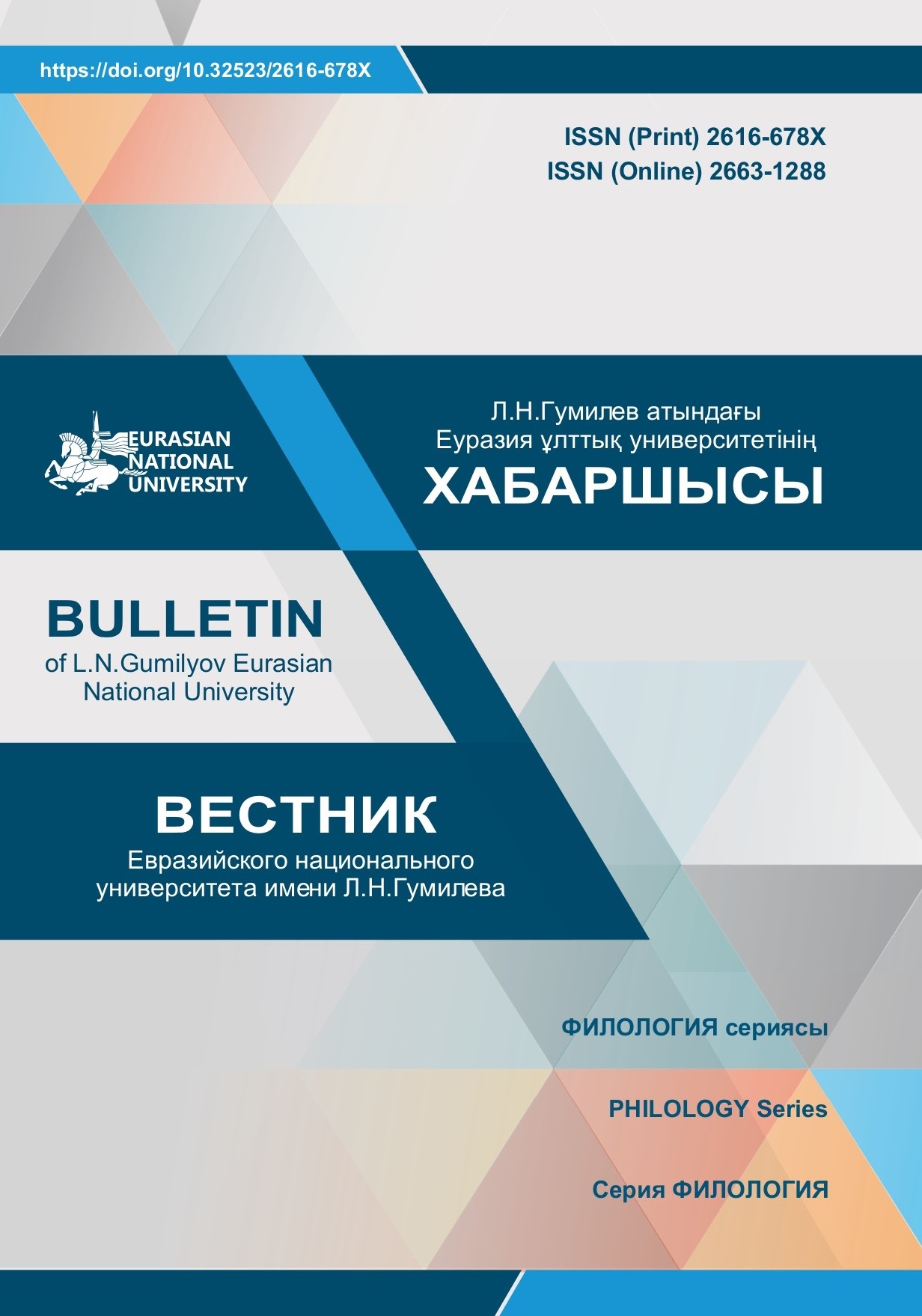Rymgali Nurgali about the tragedy of Mukhtar Auezov «Baibishe-tokal»
Views: 188 / PDF downloads: 289
DOI:
https://doi.org/10.32523/2616-678X-2022-141-4-167-175Keywords:
Rymgali Nurgali, Mukhtar Auezov, “Baibishe-tokal”, moral-domestic tragedyAbstract
. Academician Rymgali Nurgali made a significant contribution to the study of the work of Mukhtar
Auezov. His fundamental monographic research «Drama Oneri» is devoted to identifying specific features,
poetics, place and significance of drama in Kazakh literature. In the first section of the monograph, Rymgali
Nurgali classifies the genre of tragedy and divides it into the following types: epic, moral-domestic, historical.
The article presents an interpretation by academician Rymgali Nurgali of the tragedy of Mukhtar Auezov
«Baibishe-tokal «, which the scientist defines as a moral - domestic tragedy (adamgershilik-tormystyk tragedy).
When analyzing a work, Rymgali Nurgali singles out the qualities that are essential for the work, weeds out the
insignificant. Mukhtar Auezov reveals in the tragedy important social and social problems for the Kazakh society
at the beginning of the twentieth century. The main theme of the work is the position of women in society. The
author of the tragedy gives an interpretation of this problem that is different from the usual interpretation of this
issue. Rymgali Nurgali also analyzes the problems of tragedy, characterizes the ideological world, the system
of characters, makes a conclusion about the author’s assessment of the depicted. To determine the external
structure of the work, as well as to analyze the meaningful meaning, Rymgali Nurgali defines plot elements in
the text







